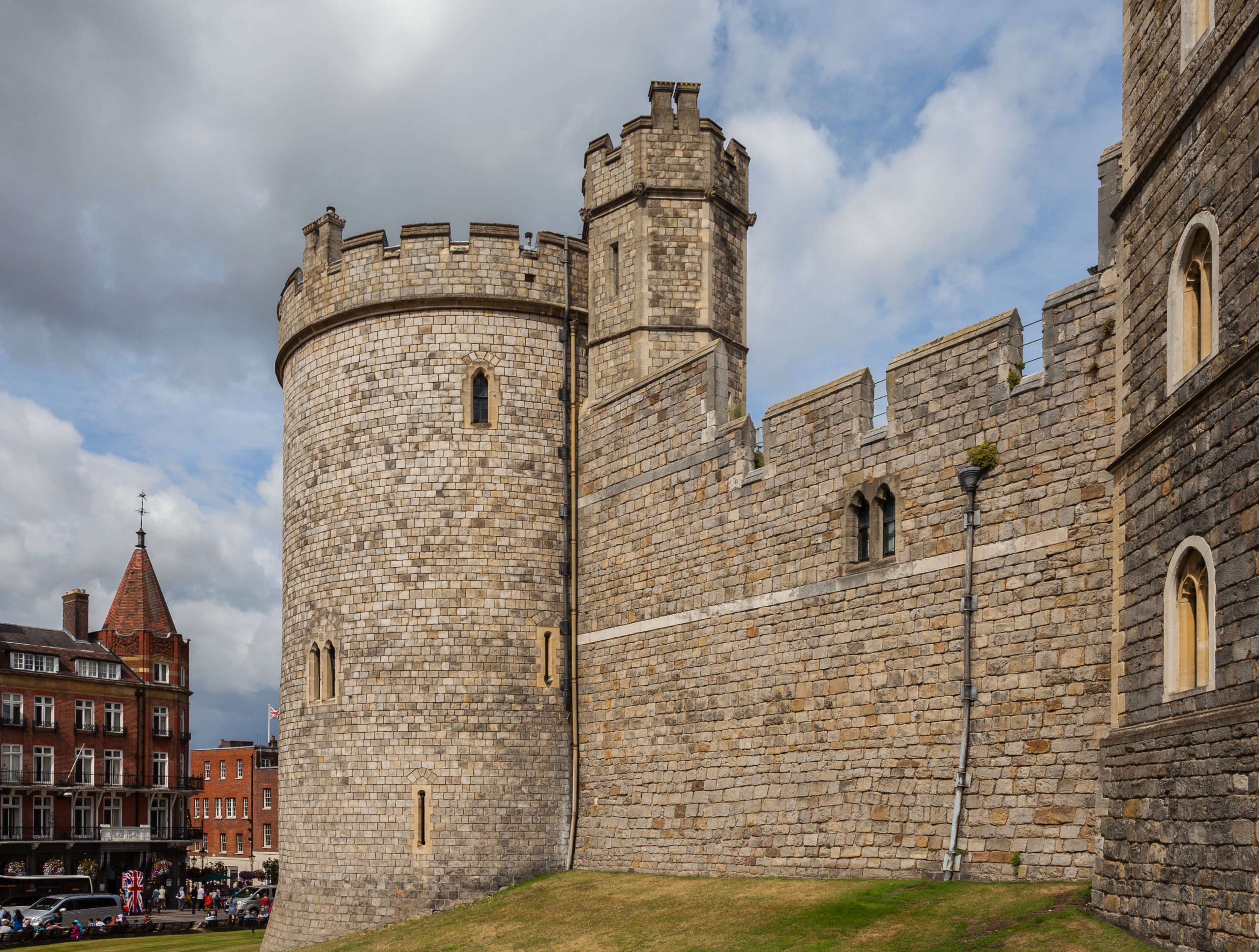James Wyatt, a renowned English architect, left an indelible mark on Windsor Castle between 1796 and 1800. As the Surveyor-General of the Works, Wyatt was commissioned to carry out extensive alterations to the castle, which would have been even more substantial if not for the illness of King George III.
Wyatt’s Architectural Style at Windsor Castle

Wyatt’s alterations to Windsor Castle were characterized by the Gothic Revival style, a significant departure from the earlier classical styles he had worked in. This romanticized approach blended elements of classical and medieval architecture, creating a unique and visually striking aesthetic.
Wyatt’s Role as Surveyor-General of the Works

Wyatt’s commission for Windsor Castle was part of his broader responsibilities as Surveyor-General, a position he held from 1796. In this role, he oversaw and designed various projects for the royal family and the government, showcasing his versatility and expertise in a range of architectural styles.
Wyatt’s Earlier Experiences and Influences
Wyatt’s work at Windsor Castle was likely influenced by his earlier experiences designing country houses and other buildings in a variety of styles, including neoclassical and Gothic Revival. This diverse portfolio of projects allowed him to develop a nuanced understanding of different architectural approaches, which he then applied to his work at the castle.
Specific Details of Wyatt’s Alterations
Wyatt’s alterations to Windsor Castle spanned a period of four years, from 1796 to 1800. During this time, he made significant changes to the castle’s appearance and functionality, including:
Exterior Renovations
- Wyatt’s Gothic Revival style was evident in the exterior of the castle, with the addition of ornate architectural details and the use of pointed arches and towers.
- He also made changes to the castle’s roofline, introducing more complex and visually striking designs.
Interior Modifications
- Wyatt’s interior renovations focused on creating a more cohesive and harmonious aesthetic, blending classical and medieval elements.
- He redesigned several rooms, including the State Apartments, to reflect the Gothic Revival style.
- Wyatt also incorporated new lighting fixtures and other decorative elements to enhance the castle’s ambiance.
Functional Improvements
- Wyatt’s alterations were not solely aesthetic; he also made practical changes to improve the castle’s functionality.
- This included the addition of new staircases, the reconfiguration of existing spaces, and the incorporation of modern amenities.
The Impact of King George III’s Illness
Wyatt’s extensive plans for Windsor Castle were somewhat curtailed due to the illness of King George III. The king’s declining health meant that some of Wyatt’s more ambitious proposals were not fully realized, as the project’s scope and timeline had to be adjusted.
Conclusion
James Wyatt’s transformative work at Windsor Castle stands as a testament to his architectural prowess and his ability to blend classical and medieval styles. His Gothic Revival approach left a lasting impact on the castle’s appearance and functionality, and his role as Surveyor-General of the Works further solidified his reputation as a versatile and influential architect.
Reference:
– Windsor Castle: A Thousand Years of a Royal Palace
– The Architecture of James Wyatt
– James Wyatt: Architect to George III
